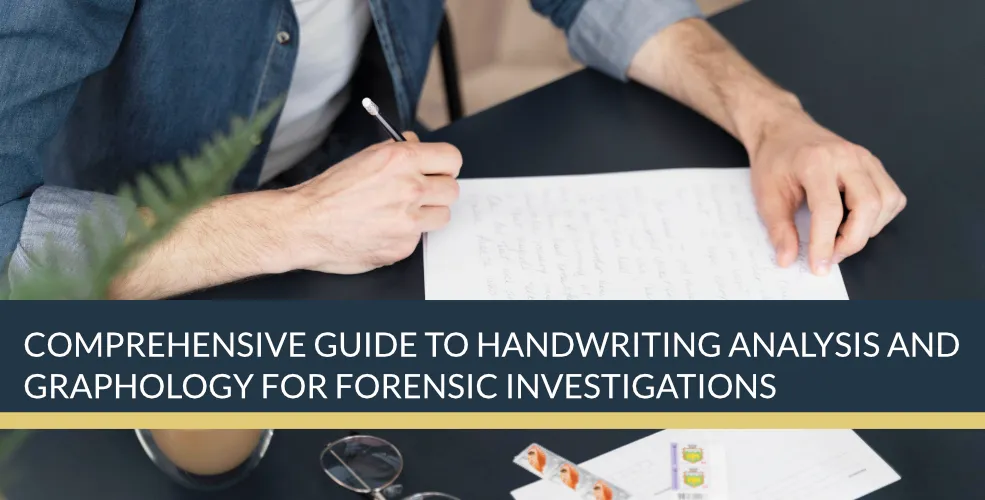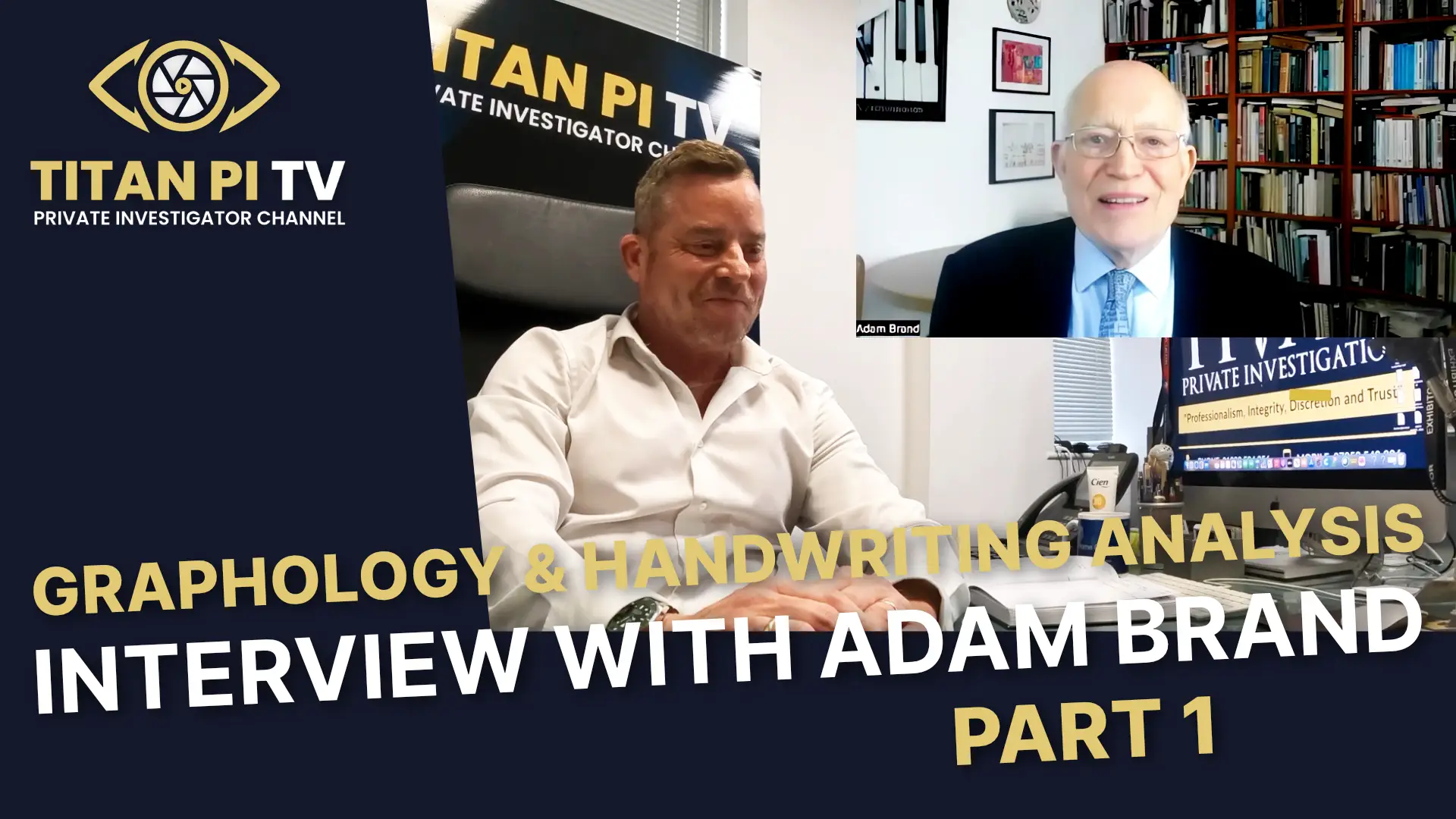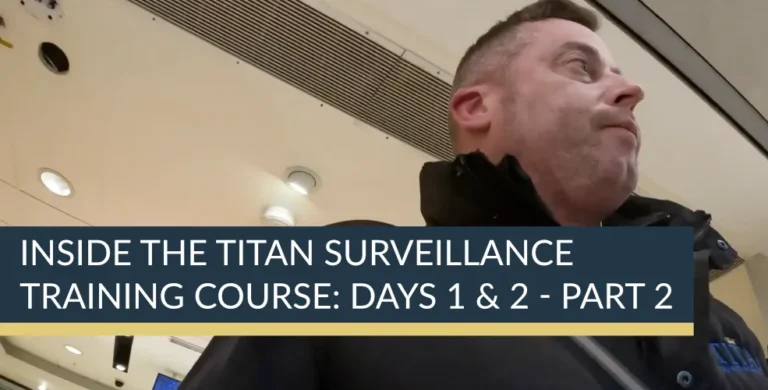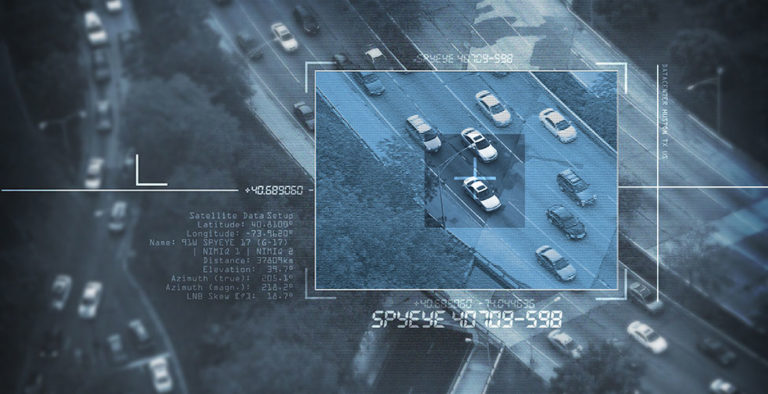Comprehensive Guide to Handwriting Analysis and Graphology
Graphology and Handwriting Analysis for Forensic Investigations
Handwriting analysis stands as one of the most fascinating and effective tools in the arsenal of modern forensic science. At Titan Private Investigation Ltd, we recognise the immense value that this discipline brings to legal cases, corporate investigations, and private matters alike. Whether it is verifying the authenticity of a signature, uncovering a sophisticated forgery, or identifying the author of an anonymous letter, handwriting analysis offers a unique blend of scientific rigour and human insight. This guide explores the principles, processes, and practical applications of handwriting analysis and graphology, providing a thorough understanding for clients, legal professionals, and anyone interested in the field.
Understanding Handwriting Analysis and Graphology
What is Handwriting Analysis?
Handwriting analysis, also known as forensic document examination, is the meticulous study of a person’s writing to uncover clues about authenticity and authorship. Unlike general document examination, which may also consider the paper, ink, and printing methods, handwriting analysis focuses specifically on the writer’s unique style. Every individual develops distinctive habits in their writing, from the way letters are shaped and spaced to the rhythm and flow of the pen across the page. By comparing known samples (exemplars) with questioned documents, experts can determine whether a particular individual was responsible for the writing in question.
What is Graphology?
Graphology, on the other hand, is often associated with the analysis of personality traits through handwriting. While it is sometimes dismissed as a pseudoscience, graphology does have its place in certain contexts. It seeks to interpret the psychological state, emotional tendencies, and even the character of a person based on their handwriting. However, in the realm of forensic investigation, graphology is rarely used as primary evidence. Courts and legal professionals are more interested in objective, measurable features of handwriting than in personality profiling. Nevertheless, some elements of graphology can support the broader process of document examination, particularly when assessing the naturalness or spontaneity of a signature.
The Relationship Between Handwriting Analysis and Graphology
Although both disciplines study handwriting, their objectives differ significantly. Handwriting analysis is primarily concerned with establishing the authenticity of a document or signature, while graphology delves into the psychological aspects of the writer. In forensic settings, the two may occasionally intersect, but the emphasis remains firmly on objective analysis. At Titan Private Investigation Ltd, our experts are trained to distinguish between these approaches, ensuring that our findings are both scientifically sound and legally admissible.
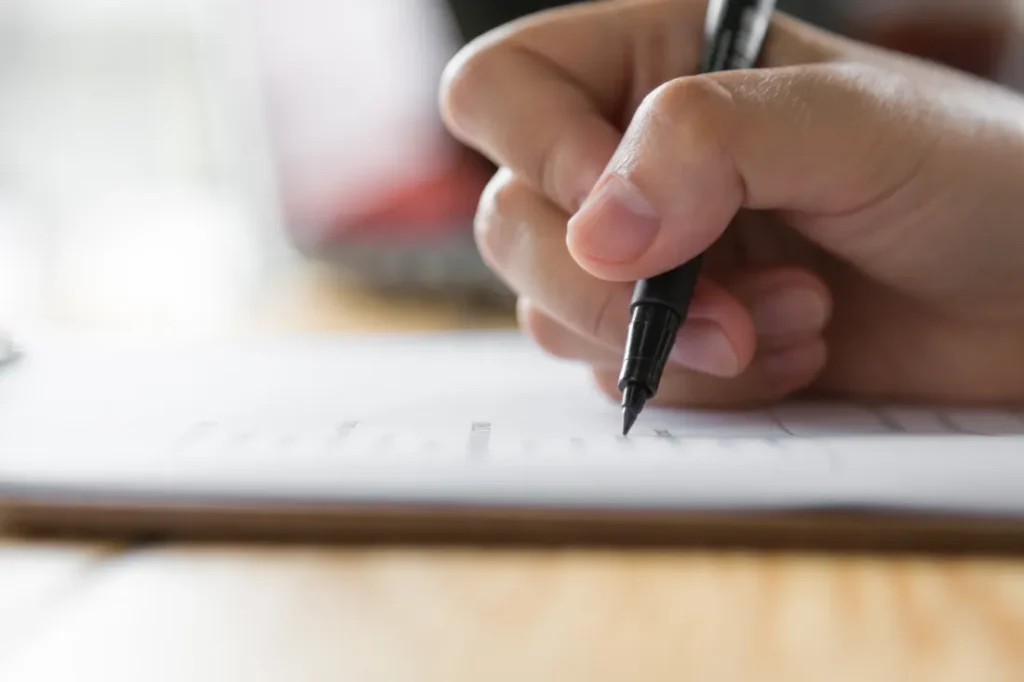
Qualifications and Training for Forensic Handwriting Analysis
Path to Becoming a Forensic Handwriting Expert
Becoming a forensic handwriting expert requires a combination of formal education, practical training, and ongoing professional development. Most practitioners begin by obtaining a diploma from a recognised institution such as the British Institute of Graphologists. These programmes typically span three years and cover a wide range of topics, from the fundamentals of handwriting analysis to advanced techniques in signature verification.
In addition to technical skills, forensic handwriting experts must also be well-versed in legal procedures and evidentiary standards. Universities such as Lancaster and Cambridge offer specialised courses in forensic document examination, which include modules on courtroom testimony, report writing, and the ethical responsibilities of expert witnesses. Continuous professional development is essential, as new techniques and technologies are constantly emerging in the field.
Essential Skills and Knowledge
A successful handwriting analyst must possess a keen eye for detail, a methodical approach, and the ability to remain objective under pressure. Beyond the obvious features of letter formation and slant, experts pay close attention to unconscious movements—those subtle, habitual gestures that are almost impossible to disguise. These include the spacing between words, the pressure applied to the pen, and the way letters are joined. Mastery of these nuances is what separates a true expert from an amateur.
The Forensic Process of Handwriting and Signature Examination
Collecting and Preparing Evidence
The integrity of any forensic investigation depends on the quality of the evidence collected. In handwriting analysis, this means obtaining a sufficient number of genuine samples from the individual in question. Ideally, these should span several years, as handwriting can evolve over time. For signature verification, experts typically request at least three authentic signatures from both before and after the date of the questioned document.
When dealing with disguised writing or suspected forgeries, analysts must be especially vigilant. Disguised handwriting often exhibits unnatural features, such as inconsistent slant or exaggerated letter forms. Careful handling and documentation of all samples are essential to prevent contamination and ensure the chain of custody is maintained.
Analysing Signatures
Signature analysis is a complex process that goes far beyond simple visual comparison. Experts examine a range of features, including the slant, size, speed, and pressure of the writing. Particular attention is paid to the beginning and end of the signature, as these are the points where forgers are most likely to make mistakes. Even the smallest deviation in the way a letter is formed or a line is terminated can provide crucial evidence of forgery.
Analysing Entire Handwriting Samples
While signatures are often the focus of forensic investigations, full handwriting samples can yield even more information. Analysts look for patterns in the way letters are joined, the spacing between words, and the overall rhythm of the writing. Disguised or forged writing often appears forced or inconsistent, with tell-tale signs such as tremors, hesitations, or unnatural pen lifts. By identifying these anomalies, experts can determine whether a document is genuine or fraudulent.
Key Indicators in Handwriting and Signatures
The most revealing clues in handwriting analysis are often those that occur unconsciously. For example, the placement of dots on the letter ‘i’, the crossing of ‘t’s, and the spacing between letters are all highly individualistic. Forgers may be able to imitate the general appearance of a signature, but they rarely replicate these minute details with consistency. As a result, these features are invaluable in distinguishing genuine writing from forgeries.
Practical Applications of Handwriting Analysis in Forensic Cases
Signature Verification
One of the most common applications of handwriting analysis is the verification of signatures on legal documents, such as wills, contracts, and cheques. By comparing the questioned signature with a series of known exemplars, experts can assess whether it was produced by the same individual. This process is particularly important in cases of suspected fraud or contested estates, where the authenticity of a signature can have significant legal and financial implications.
Detecting Forgery and Disguise
Handwriting analysis is also instrumental in detecting forgeries and disguised writing. By examining features such as stroke pressure, letter slant, and spacing, analysts can identify irregularities that are difficult to reproduce naturally. Disguised writing often appears awkward or inconsistent, with exaggerated features that betray the writer’s attempt to conceal their identity.
Poison Pen Letters and Criminal Cases
In cases involving anonymous or malicious letters, handwriting analysis can help identify the author and provide valuable evidence for criminal investigations. Even when a writer attempts to disguise their handwriting, subtle clues often remain. The way a person writes under stress or in an attempt to mislead can reveal more than they realise, making handwriting analysis a powerful tool in the pursuit of justice.
The Role of Intuitive Judgement
While scientific methods underpin the process, expert intuition also plays a role. Experienced analysts develop a ‘feel’ for genuine versus forged writing, often detecting inconsistencies that are not immediately apparent. This intuitive judgement, combined with rigorous analysis, leads to more robust and reliable conclusions.
Common Challenges and Limitations in Handwriting Forensics
Despite its many strengths, handwriting analysis is not without challenges. Collecting sufficient authentic samples can be difficult, especially when dealing with historical documents or uncooperative subjects. Handwriting naturally changes over time, which can complicate comparisons. Disguised writing and deliberate alterations present additional hurdles, requiring analysts to look beyond superficial similarities and focus on deeper, unconscious habits. It is essential to approach each case with an open mind and a commitment to objectivity, as over-reliance on visual impressions can lead to erroneous conclusions.
Expert Tips for Effective Handwriting and Signature Analysis
For those seeking to improve their own skills or better understand the process, consider the following expert tips:
- Always gather multiple genuine samples from different periods to account for natural variation.
- Focus on unconscious habits, such as spacing and letter formation, rather than superficial similarities.
- Utilise magnification tools and high-resolution images to spot minute differences.
- Pay special attention to the end of signatures, where forgeries often falter.
- Trust your instincts, but always verify findings with objective measurements and comparisons.
Graphology and Handwriting Analysis: Closing thoughts
Forensic handwriting analysis is a reliable and sophisticated method that combines scientific principles with human insight. At Titan Private Investigation Ltd, we pride ourselves on delivering clear, dependable evidence that stands up to scrutiny in court. Whether you are seeking to verify a signature, expose a forgery, or resolve a complex legal dispute, our team of experts is here to help. Handwriting can reveal far more than meets the eye—when used wisely, it becomes a formidable weapon in the quest for truth and justice.
If you require professional handwriting analysis or have concerns about the authenticity of a document, contact Titan Private Investigation Ltd today. Our experienced team is ready to assist with discretion, expertise, and unwavering commitment to your case.
Are you interested in our Graphology Services?
For more information about our Graphology and Handwriting Analysis services, please contact Titan Private Investigation Ltd today by email, telephone, or at one of our offices nearest you.
London Graphology Services – Call the Titan Investigations London Office 020 39046622
Birmingham Graphology Services – Call the Titan Investigations Birmingham Office 0121 7162442
Cambridge Graphology Services – Call the Titan Investigations Cambridge Office 01223 662022
Derby Graphology Services – Call the Titan Investigations Derby (Head Office) 01332 504256
Leeds Graphology Services – Call the Titan Investigations Leeds Office 0113 4574066
Leicester Graphology Services – Call the Titan Investigations Leicester Office 0116 2436520
Nottingham Graphology Services – Call the Titan Investigations Nottingham Office 0115 9646950
Manchester Graphology Services – Call the Titan Investigations Office 0161 3023008
Sheffield Graphology Services – Call the Titan Investigations Sheffield Office 0114 3499400
Truro Graphology Services – Call the Titan Investigations Truro Office 01872 888706
Alternatively, you can contact us directly using our fully confidential contact form at enquiries@titaninvestigations.co.uk or chat directly using our Live Chat facility, and one of our Graphology Services team will get right back to you.

